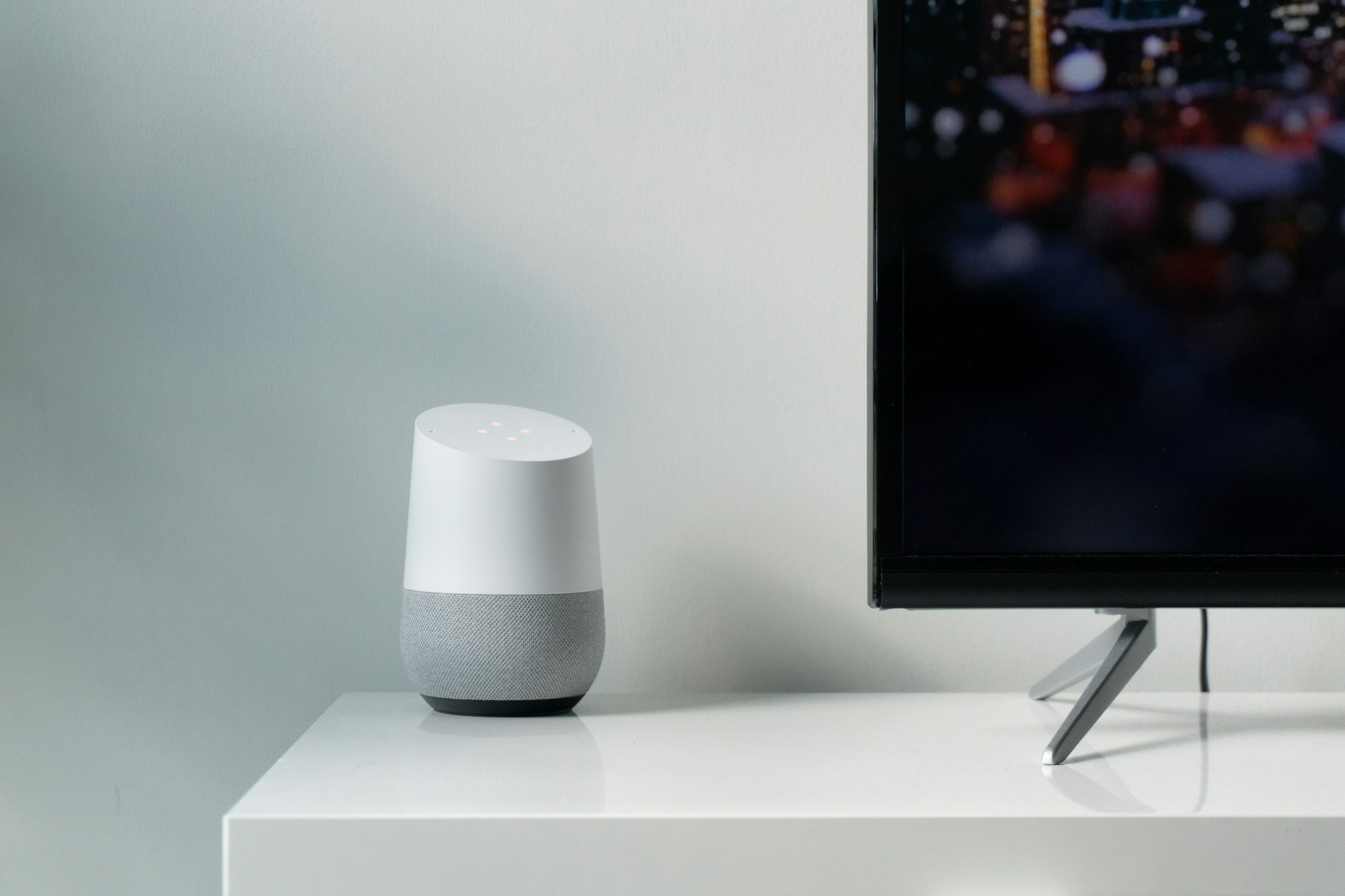What manufacturers do for blind people and how can we help them
In Sep 11, 2020 an Italian start-up has developed a QR code prototype that, when scanned, narrates olive oil packaging labels to visually impaired consumers.
Read: How to use QR codes in small business marketing
This “Narrative Label” uses 30 second audio recording chapters alongside large-sized images and texts and videos to detail the product contents, the producer, the nutritional qualities and general information about the local olive oil cultivar.

“The status today is very clear: blind people cannot go to a shop and buy goods alone. They need someone to help them,” Fabio Mario Scalise, co-founder of the start-up Sistemi e Servizi di Precisione (SISSPre), tells PackagingInsights.
He regards this dependence as “unacceptable” considering the necessary technology to make shopping more inclusive for sight-impaired and blind consumers already exists, as seen with smartphones, the internet of things and artificial intelligence.
Sight-impaired friendly technology
Not all visually restricted people are entirely blind. This means that although they cannot easily browse the internet, the Narrative Label needs to be merely scanned for it to yield its contents.
Like written labels, companies that opt for the quick-scan QR code can customize their labels to outline the product’s expiration date, nutritional claims and ingredient provenance, for example. The contents and layout can also be updated, re-recorded and modified as needed, without needing to change the QR code on pack.
“This way, [visually impaired and blind consumers] can access the same kind of information that is usually found on labels,” Scalise explains.
The broader aim is to bring this QR code to the wider F&B packaging sector and even digital devices such as televisions and computers, which have elaborate product specifications.
Tips for assisting people who are blind or have low vision
Approach, Ask, Assist. - Vision Australia
- Approach: if you suspect someone may need a hand, walk up, greet them and identify yourself.
- Ask: "Would you like some help?" The person will accept your offer or tell you if they don't require assistance.
- Assist: listen to the reply and assist as required. Not all people who are blind or vision impaired will want assistance - don't be offended if your assistance is not required.
Address people who are blind or have low vision by their names so they know you are speaking to them and you can ask them to make sure they understand that you are talking to them. Also let the person who is blind or have low vision know that you have entered the room.
Do not walk away from a person who is blind or have low vision without indicating that you are doing so - it is embarrassing and frustrating to talk to thin air and let the person who is blind or have low vision take your arm as described in the sighted guide fact sheet.
In dangerous situations say "STOP" rather than "LOOK OUT"
Do not relocate objects or furniture without telling the person who is blind or has low vision. Do not fill glasses or cups to the brim. Also make sure you use ordinary language when directing or describing and be specific. Do not point, or say "over there". Direct people who are blind or have low vision to their left and right, not yours.
Do not leave doors ajar. Close them or open them fully.
Be aware that the person who is blind or has low vision will be disadvantaged by not seeing what is going on. Therefore talk about what is happening. Ask people who are blind or have low vision what they want or need. Do not direct questions through their companion.
If people who are blind or have low vision extend their hands to shake, do so.
You can use this tips to help blind people in malls, groceries and etc. to coordinate and help them find what they're wanted to buy.
Also one good advice for manufacturers is to use Braille on their labels to help learn information about their products.




